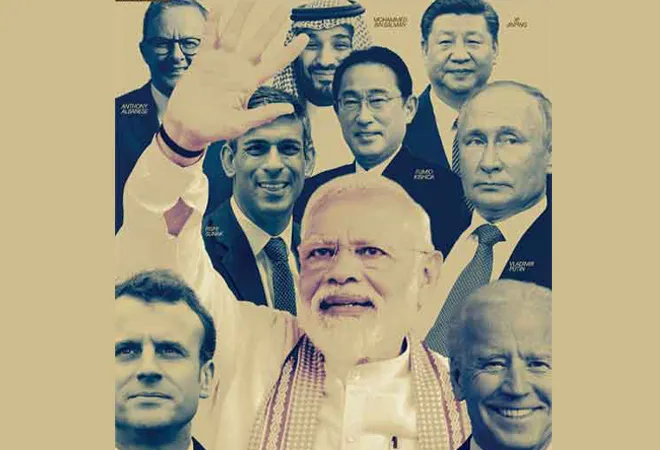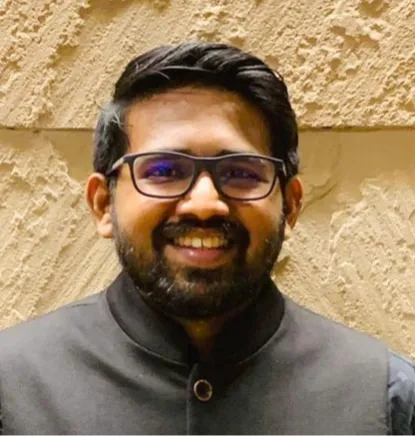-
CENTRES
Progammes & Centres
Location
A survey shows wide youth support for the Modi government’s foreign policy.

The public has strongly favoured (73 per cent) the government’s approach towards China, post-Galwan.India has embarked on a clear strategic shift as to defending its borders and interests vis-à-vis China. Following the 2020 border clashes at Galwan, the Modi government seems determined to counter increasing Chinese assertiveness and border intrusions. Incidentally, the public has strongly favoured (73 per cent) the government’s approach towards China, post-Galwan. Further, even as India continues to increase its deployment along its Chinese borders, the large majority (average of 83 per cent) expressed concerns about the Chinese threat to India’s borders and a potential border conflict with China. India has also been pushing back against Chinese influence and presence in the neighbourhood. Here too, the public seems to be in tandem with the government; nearly 70 per cent of them are concerned about China’s rise and the challenge it may pose to India’s position in the world order. High distrust (77 per cent) and least optimism (19 per cent) persist when viewing Beijing as a potential partner. An overwhelming 86 per cent of respondents even favour the government’s banning of Chinese mobile apps. Overall, this is an indication of the public understanding of China as a prominent and emerging threat.
Respondents see terrorism and border conflicts with Pakistan as significant challenges (86 per cent and 82 per cent) to India.That said, the possibilities of a two-front war and a history of hostilities and mistrust have compelled the Indian state and public to deem Pakistan as a strategic threat. Respondents see terrorism and border conflicts with Pakistan as significant challenges (86 per cent and 82 per cent) to India. Further, the government’s lack of trust in Pakistan and its motto of “terror and talks cannot go hand-in-hand” are also reflected in the public’s distrust (78 per cent) for the country. In addition, tolerance for Pakistan’s misadventures and terror sponsorship has also weaned low. Over 58 per cent feel the Modi government’s isolationist policy against Pakistan is beneficial to the region, and 68 per cent of India’s youth support its robust approach against Pakistan, such as the Balakot air strikes. The Modi government’s Neighbourhood First policy has reinstated the South Asian region as the prime area of its strategic focus. A similar sense of understanding persists among the public too. South Asia is looked upon as the most strategically vital region for India (36 per cent), far ahead of the second crucial region—Central Asia (13 per cent). Respondents have also expressed satisfaction with the Modi government’s engagement with its neighbours in terms of trade, security, political engagements, cultural ties, people-to-people contacts, and infrastructure and connectivity (between 68 and 86 per cent). The respondents have also acknowledged India’s increasing bilateral relationship with small neighbours like Sri Lanka, Maldives, Bhutan, Nepal, and Bangladesh and have expressed trust in these countries (between 54 and 67 per cent). The Indian public has supported India’s Afghanistan policy post-US withdrawal (68 per cent) and its political ties with the junta regime in Myanmar (74 per cent).
The views expressed above belong to the author(s). ORF research and analyses now available on Telegram! Click here to access our curated content — blogs, longforms and interviews.

Aditya Gowdara Shivamurthy is an Associate Fellow with the Strategic Studies Programme’s Neighbourhood Studies Initiative. He focuses on strategic and security-related developments in the South Asian ...
Read More +
Professor Harsh V. Pant is Vice President – Studies and Foreign Policy at Observer Research Foundation, New Delhi. He is a Professor of International Relations ...
Read More +